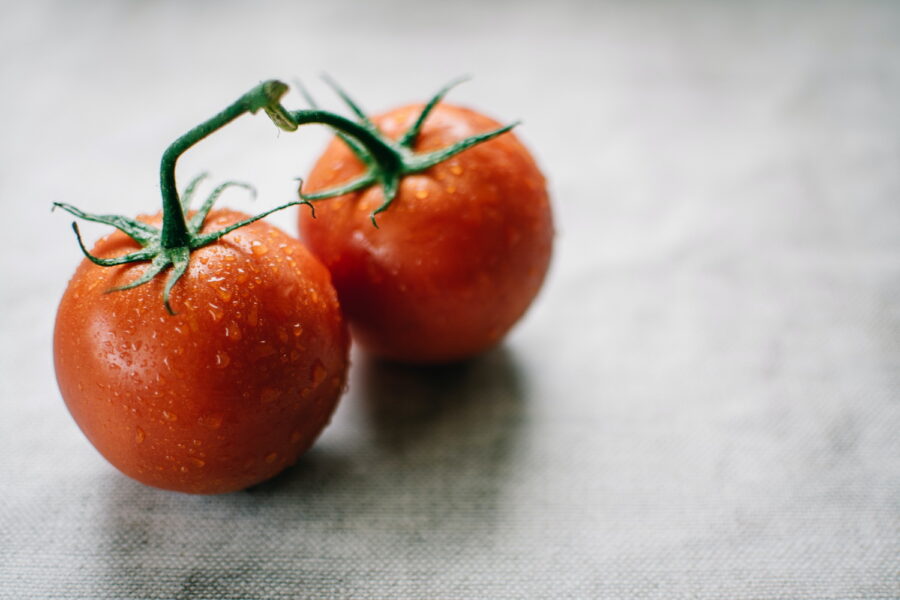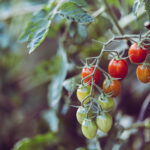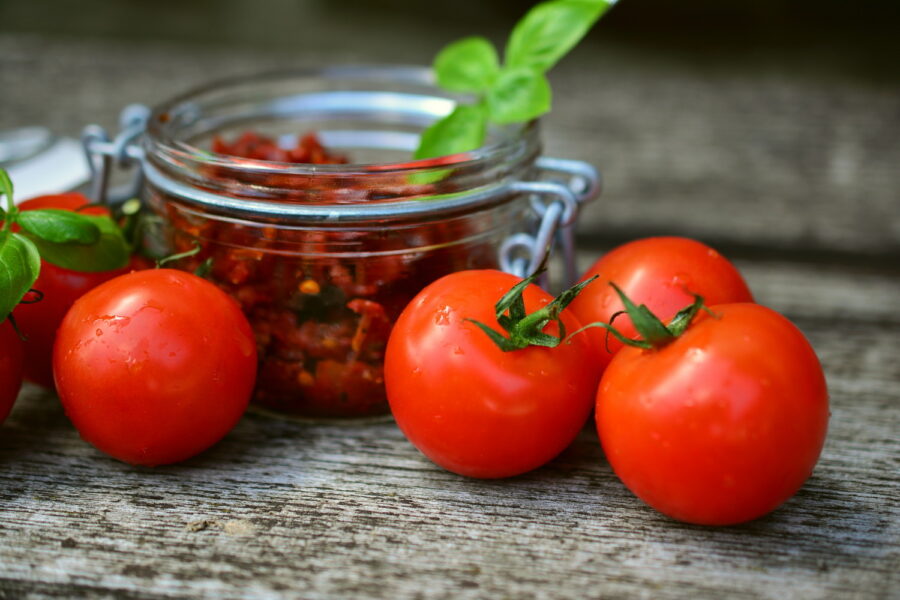Tomato yellow leaf curl virus (TYLCV) is a serious disease that can cause significant yield losses in tomato crops. It is spread by whiteflies, and can cause stunted growth, yellowing, and leaf curling. It is a major problem for tomato growers, and it is important to take steps to prevent it from occurring.
The best way to prevent TYLCV is to start with healthy, disease-free plants. Make sure to purchase virus-free plants from a reputable source, and inspect them for any signs of infection. Planting resistant varieties is also a good way to reduce the risk of TYLCV. There are several varieties that are resistant to the virus, so it is important to do your research before planting.
In addition to using resistant varieties, it is important to practice good cultural control methods. This includes removing any weeds or debris that could be harboring the virus, and keeping the area around the plants free of any whiteflies. It is also important to rotate crops and use a three-year crop rotation to reduce the spread of the virus.
Finally, it is important to use chemical control methods if necessary. This includes using insecticides to control the whiteflies that spread the virus. It is important to use the insecticides according to the label instructions, and to rotate the insecticides to prevent resistance.
By following these steps, tomato growers can reduce the risk of TYLCV and protect their crops. It is important to be proactive in preventing this disease, as it can cause significant yield losses if not managed properly.







